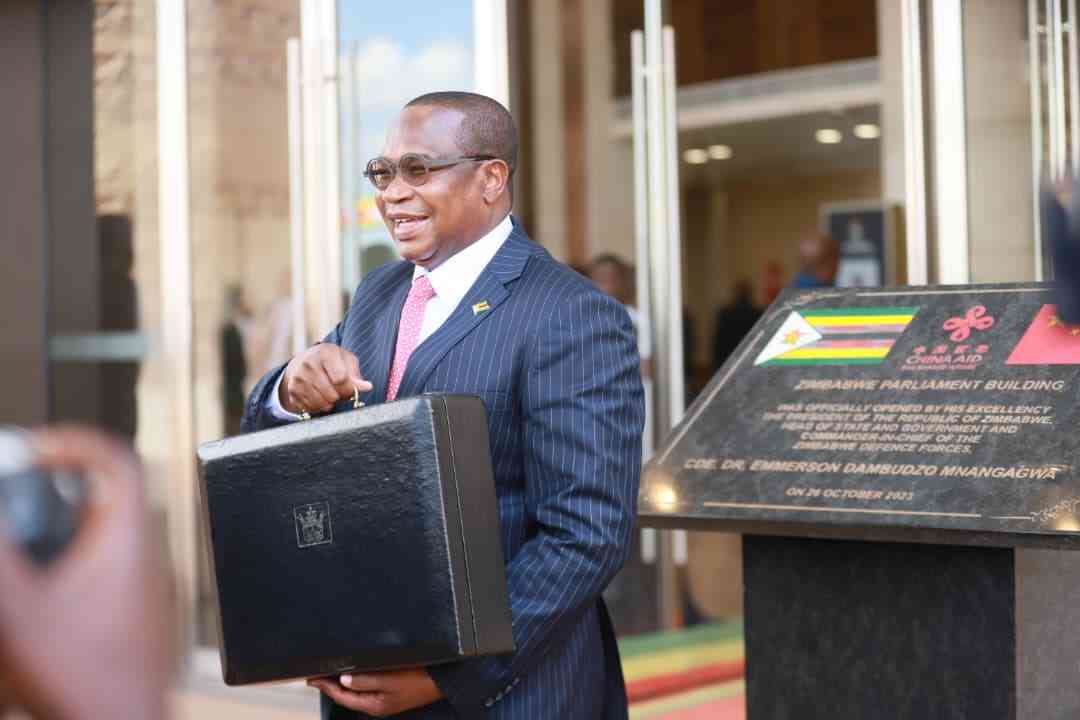
FINANCIAL services giant Stanbic Bank Zimbabwe (Stanbic) demonstrated its commitment to the mining sector by providing US$100 million in loan facilities last year, aimed at supporting capital and working capital needs.
Speaking at the Chamber of Mines Zimbabwe (CoMZ) 2024 annual conference in Victoria Falls last week, Stanbic CEO Solomon Nyanhongo emphasised the sector’s potential to spur sustainable economic growth and development in Zimbabwe, Africa, and globally.
“As your partners for growth, we are here to partner with you and to help you as you navigate the challenges. We are saying as a bank, we are very pleased in this sector, we work with you closely,” Nyanhongo said.
“Last year we did, I think, to the tune of US$100 million in terms of support to the mining sector in terms of the facilities.
“We have helped the mining sector to make sure that, you know, there are programmes and working capital needs, capital requirements that are well provided for.”
The bank last year revealed that it commands between 40% and 45% market share in the mining sector.
“We don’t only care for the mines themselves per se, we also strive to understand the value chains of the mines, the ecosystem.
“To say what is important for you, the critical suppliers to the mining industry, the employees, most of your employees, we have got something for them,” the Stanbic chief said.
- ‘Power cuts choke mines, industry’
- Zim platinum output drops
- Stanbic post 180% profit
- ‘We command 40% market share in mining sector’
Keep Reading
“Some of them are proud owners of vehicles, of homes, through the ecosystem approach.
“We are pledging today that come and let’s discuss, no matter what challenges we are getting, together we should be able to come up with a solution.
“We understand this is a cycle, and with any cycle it will come to an end and our relationship can go beyond the current cycle.”
The mining industry is facing significant headwinds in its growth path. The industry growth declined from 10,5% in 2022, to 4,8% in 2023, with most key mineral subsectors recording subdued output performance.
Mineral exports also declined from US$5,6 billion in 2022, to US$5,2 billion in 2023.
CoMZ president Thomas Gono said mining companies, specifically those not connected to dedicated power lines, continue to face power outages resulting in production shortages and output losses.
Gono said the quality of power was reported to be poor resulting in damage to plants and equipment.
In addition, responses to reports on faults are slow resulting in extended periods of down times.
“High electricity tariffs are choking the mining industry. The increase in electricity tariffs to USc14,21/kWh in October 2023 had a profound impact on the overall cost of production in mining,” Gono said.
“Compared to our peers in the region and in other major mining jurisdictions, the electricity tariff for Zimbabwean mineral producers is very high.
“Our appeal is for a downward review of tariffs particularly at this time when mineral commodity prices are depressed.
“Many operations are facing foreign currency shortfalls to meet their operational requirements.
“The economy has witnessed increased usage of US dollars putting pressure on the available retained export earnings.”
The CoMZ president said the funding gap to optimise operations and meet output targets for the mining industry remained huge.
Most mining houses were struggling to raise offshore funding and are relying on internally generated resources.
“With softening mineral prices, the retained earnings have become limited. This has led to deferment of capital projects with negative implication on long term growth of the mining industry,” he noted.
Gono also said royalty for platinum, diamond and lithium remained high, increasing the cost of production, impacting negatively on the viability of mining projects.
With mineral prices on a downward trend, the viability situation in the mining industry has been severely compromised.










